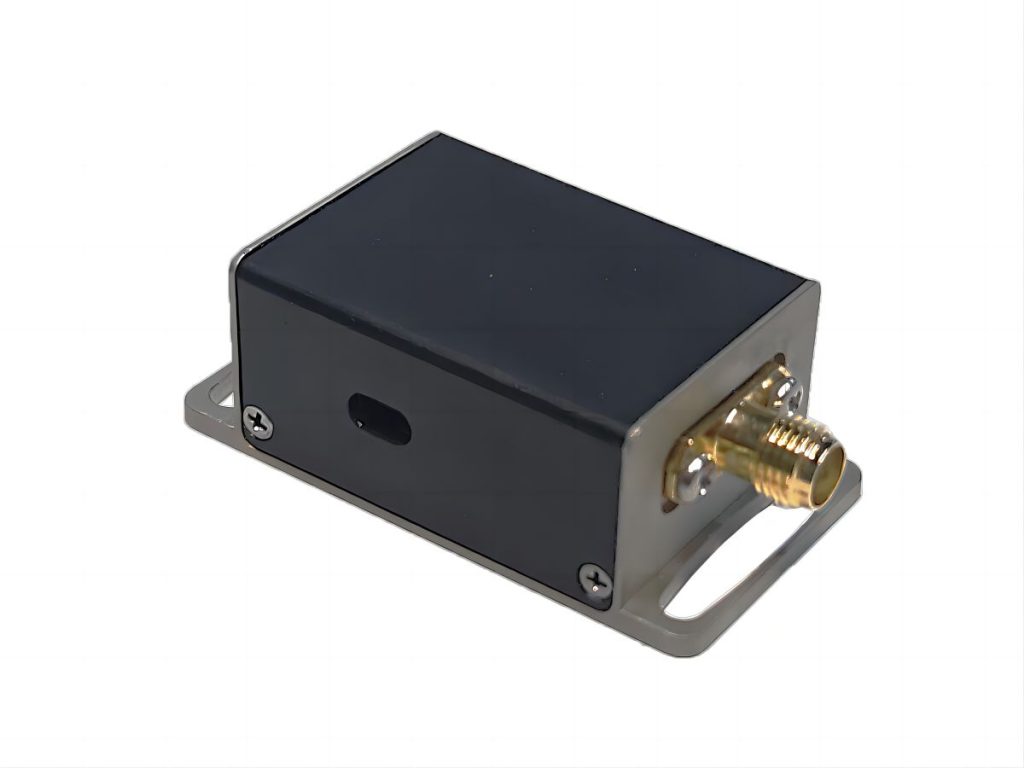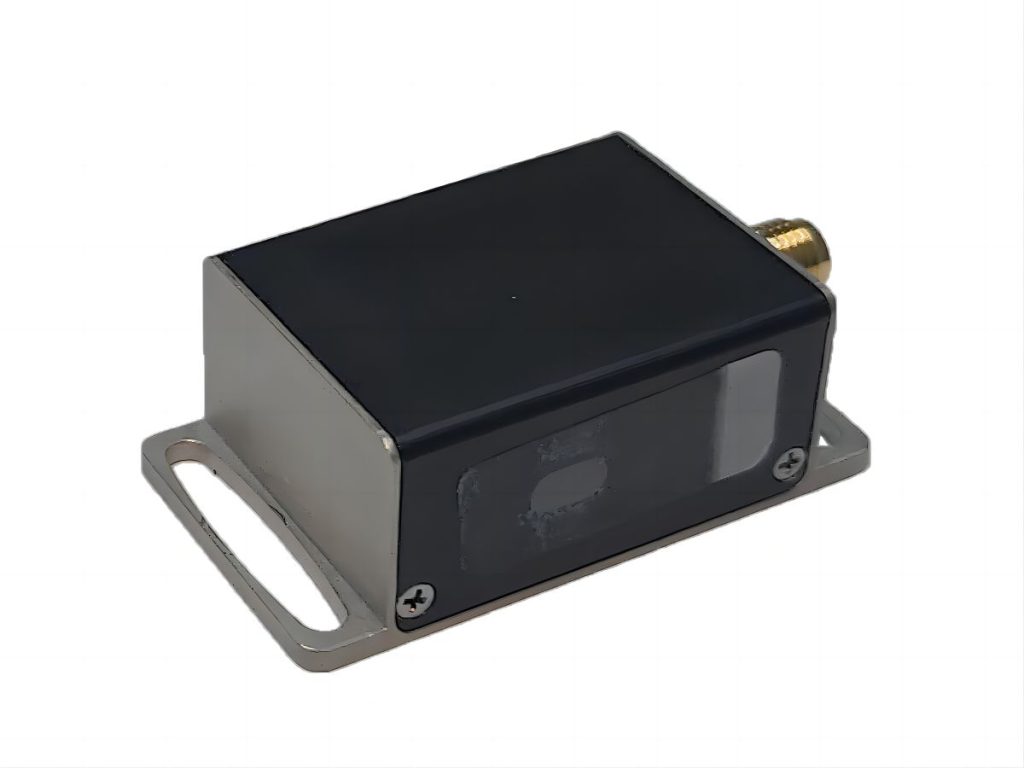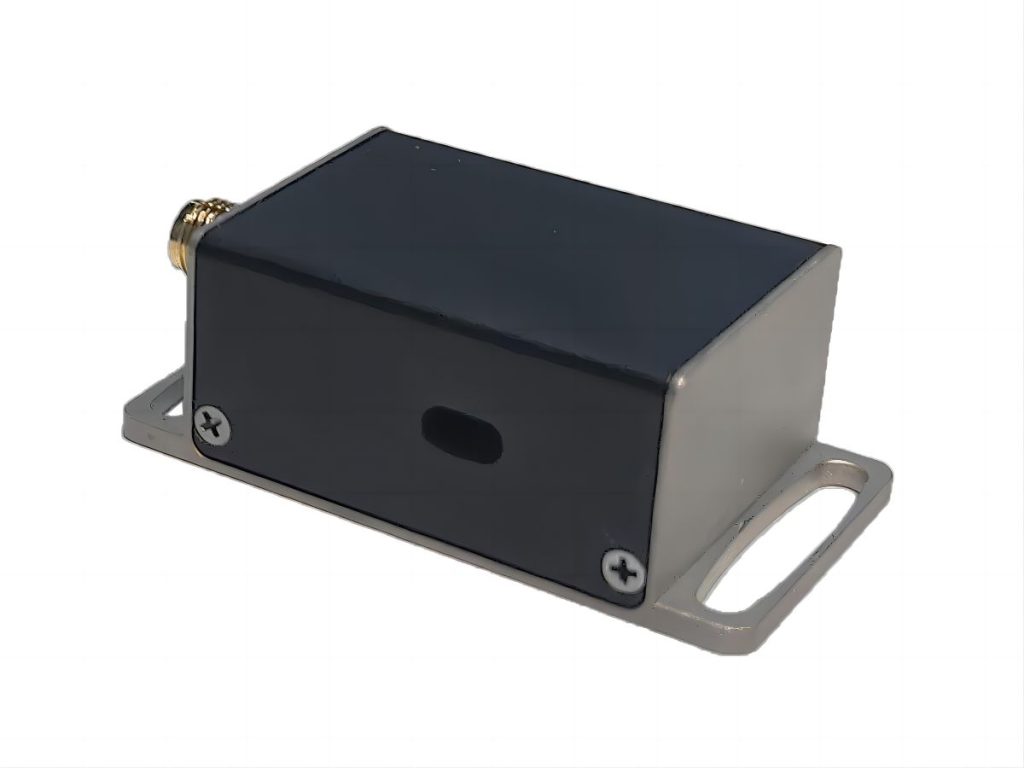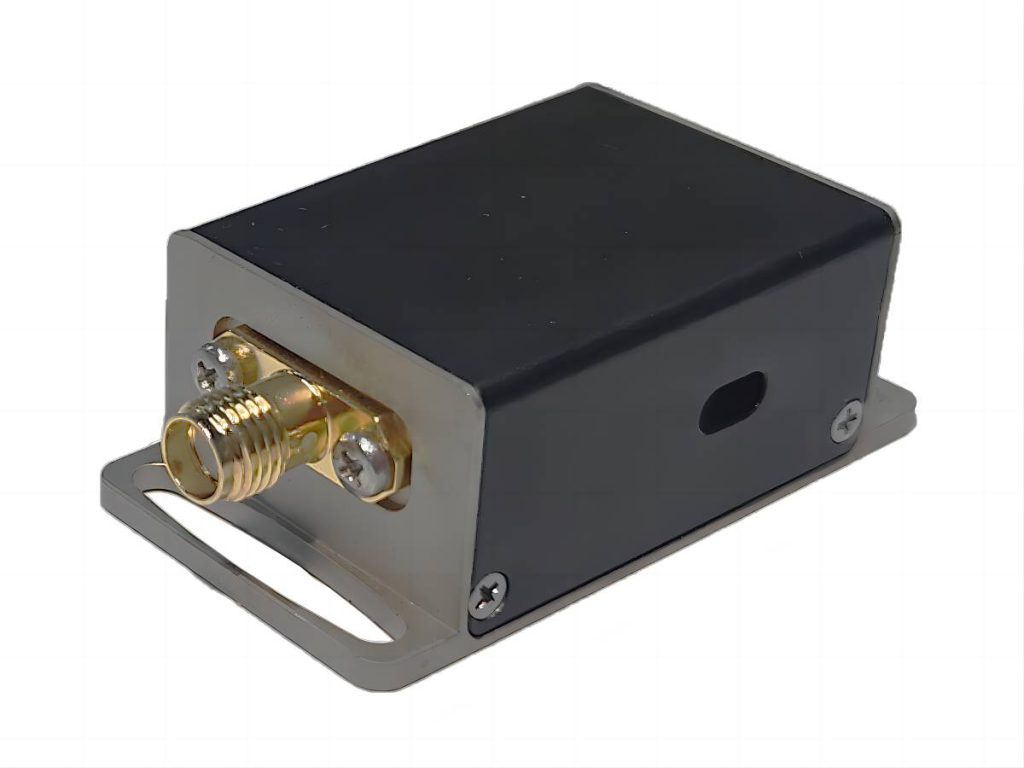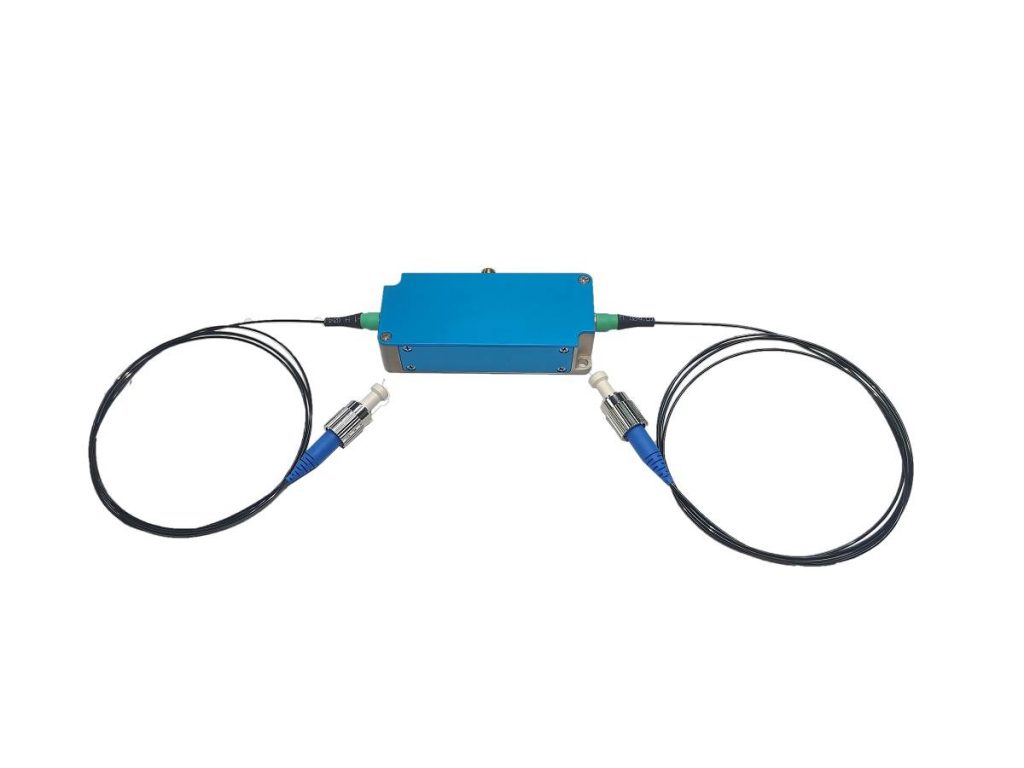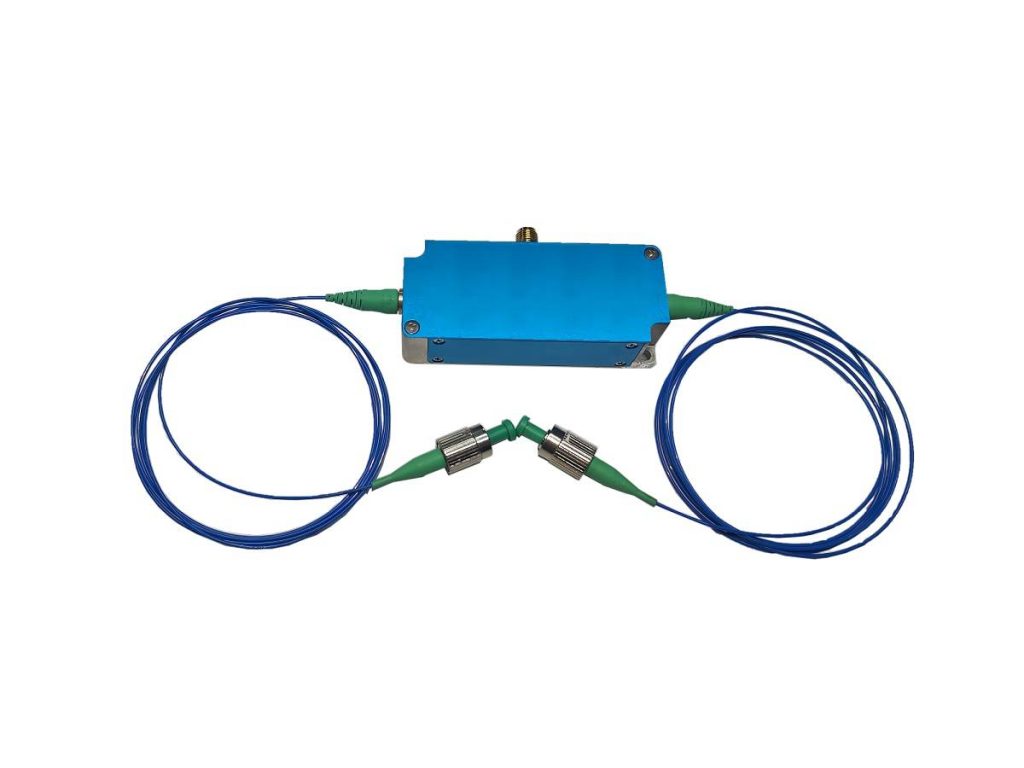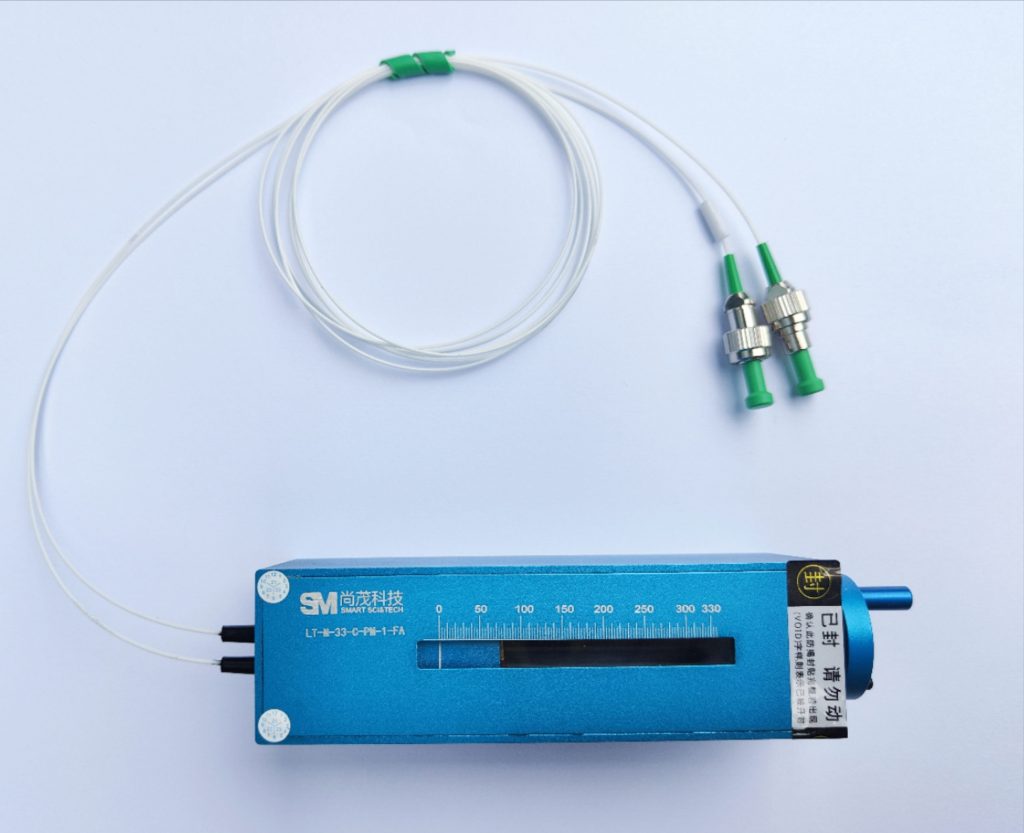The Impact of Fiber Optic Delay Lines on Photonic Integrated Circuits (PICs)
Photonic Integrated Circuits (PICs) are revolutionizing optical communications and signal processing, with Fiber Optic Delay Lines (FODLs) playing an essential part in improving their performance and functionality. We will explore what fiber optic delay lines are, their key advantages in PICs, as well as their various uses today. In this article, we’ll learn about what purpose FODLs serve for PICs as well as their numerous uses today in modern technology.
What are Fiber Optic Delay Lines?

Fiber Optic Delay Lines are optical delay lines designed to introduce controlled time delays into an optical signal. They do this by channeling light through a specific length of optical fiber and slowing it down due to its refractive index; their delay duration depends on both length of fiber and wavelength, providing precise control of signal timing.
Smart provides two types of FODLs, including electric optical fiber delay lines and manual adjustable fiber delay lines.
Fiber Optic Delay Lines are essential components in applications requiring accurate synchronization, phase adjustment, or signal processing. Their wide application includes telecom, radar systems, quantum computing, and medical imaging applications as they enable precise manipulation of optical signals for enhanced photonic systems performance – essential elements in modern optical technologies like Photonic Integrated Circuits or other cutting-edge optical applications. Their ability to deliver low-loss delays with minimal electromagnetic interference makes FODLs indispensable components.
Importance of Delay Lines in PICs
Fiber Optic Delay Lines are essential elements in Photonic Integrated Circuits (PICs), providing functionalities essential for modern optical systems. Here are four major roles played by delay lines within PICs that have been described in detail:
1. Signal Synchronization
In complex optical systems, multiple signals must be perfectly timed in order to function efficiently and reliably. For instance, WDM systems rely on WDM signals arriving simultaneously so as to avoid signal distortion; FODLs use controlled delays to align these signals seamlessly for seamless communication; otherwise data transmission would suffer errors that compromise efficiency and reliability of networks.
2. Phase Matching for Coherent Detection
Many photonic applications, including interferometry and coherent optical communication, rely on precise phase matching between signals. Coherent detection systems must align incoming signal phases with local oscillator phases for accurate data recovery; FODLs adjust optical path length accordingly in order to achieve this alignment and allow high-performance coherent detection systems – an especially crucial function in high-speed networks where even minor mismatches in phase may cause data loss.
3. Time-Domain Signal Processing
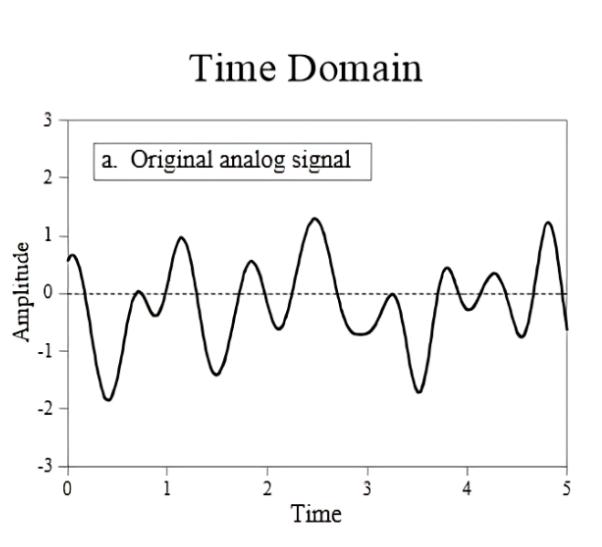
FODLs offer advanced time-domain signal processing techniques, such as filtering, buffering, and pulse shaping. In optical signal processing, they can be used to create delay-and-add filters or implement finite impulse response (FIR) filters – essential capabilities when used for optical computing, where signals must be modified in real-time to perform complex operations. By incorporating FODLs into PIC,s designers can achieve highly efficient yet compact signal processing systems.
4. Compensation for Propagation Delays
In large-scale PICs, optical signals traveling through different paths may experience varying propagation delays due to differences in path lengths or material properties. These delays can cause signal misalignment, leading to performance degradation. FODLs are used to compensate for these discrepancies by introducing precise delays that equalize the propagation times. This ensures uniform performance across the entire circuit, which is vital for applications like phased-array antennas, radar systems, and distributed sensing networks.
FODLs play an indispensable role in improving Photonic Integrated Circuit functionality and performance, contributing to signal synchronization, phase matching, time domain signal processing, propagation delay compensation and delay compensation solutions for Photonic Integrated Circuits. Their ability to provide precise yet low loss delay solutions make them essential components in modern photonic systems.
Key Benefits of Fiber Optic Delay Lines in PICs
FODLs (Fiber Optic Delay Lines) have proven themselves an indispensable component in Photonic Integrated Circuits (PICs), offering unique advantages that enhance their performance and functionality directly. Here are five major benefits FODLs offer in relation to PICs.
1. FODLs Deliver Time-Domain Signal Manipulation
FODLs enable precise time-domain manipulation of optical signals directly within PICs, making advanced signal processing tasks possible such as filtering, buffering and pulse shaping. This capability is key for applications such as optical computing and high-speed data transmission that rely on real-time signal manipulation such as filtering or buffering optical signals directly within PICs.
2. Decreased Latency in High-Speed Networks
FODLs help PICs designed for high-speed optical networks reduce latency by precisely managing signal delays. This is particularly valuable for 5G/6G networks as well as data center interconnects, where ultra-low latency is critical for efficient data transmission.
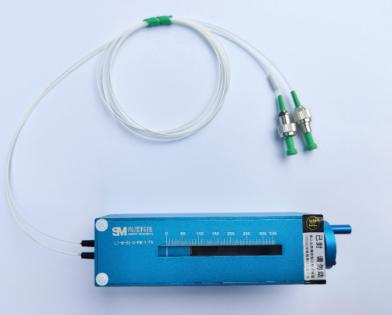
3. Support of Advanced Modulation Schemes
FODLs play an indispensable role in supporting advanced modulation schemes like quadrature amplitude modulation (QAM) and orthogonal frequency-division multiplexing (OFDM), within PICs. By providing precise timing and synchronization mechanisms, FODLs increase efficiency and capacity within optical communication systems.
4. Improved Coherence and Interference Management
PICs make coherence management and interference control of multiple optical paths an absolute priority, which FODLs help facilitate by offering delay adjustments that ensure optimal phase matching and interference control, essential features of applications like optical interferometry or coherent detection systems.
5. Scalable Integration for Complex Architectures
FODLs can easily be integrated into photonic ICs even for highly complex designs with multiple photonic components, thanks to their compact yet flexible nature, enabling scalable integration for applications ranging from telecom to quantum computing.
These advantages demonstrate how FODLs are more than mere complementary components; they’re key enablers of innovation within Photonic Integrated Circuits. By meeting specific challenges in signal processing, coherence management, and scalability that PICs face across a range of applications – these benefits prove that FODLs play a pivotal role in PIC design innovation.
Applications of Fiber Optic Delay Lines in PICs
FODLs are integral parts of Photonic Integrated Circuits (PICs), enabling an array of advanced applications across industries. Here are four of their key applications in greater depth.
1. Optical Communication Systems

FODLs play a vital role in optical communication networks by managing signal delays and assuring precise synchronization of data streams. This is especially essential in wavelength division multiplexing (WDM) systems where multiple channels of data can be transmitted simultaneously over one fiber.
Impact: FODLs work by aligning signals in time, helping reduce latency and improve efficiency for high-speed communication networks, including 5G and future 6G systems. Furthermore, FODLs compensate for propagation delays in long-haul optical networks and ensure seamless data transmission over vast distances.
Example: FODLs are often utilized in data centers to synchronize signals between servers and switches for faster and more reliable processing of data.
2. FODLs in Quantum Computing
Quantum computing relies on precise manipulation of qubits, which necessitates precise timing and synchronization. FODLs serve to delay optical signals that control qubit operations for error correction purposes as well as increase system stability.
Impact: FODLs in quantum computing enhance the accuracy of quantum gates while decreasing errors in quantum algorithms, making a crucial contribution toward developing practical quantum computers.
Example: FODLs are widely utilized in photonic quantum computers to synchronize entangled photon pairs for reliable quantum communication and computation.
3. LiDAR and Autonomous Vehicles
FODLs Play an Integral Part: LiDAR (Light Detection and Ranging) systems used by autonomous vehicles use FODLs to regulate laser pulse timing and reflectivity for accurate distance measurements as well as real-time obstacle detection. This enables accurate real-time distance calculations as well as detection.
Impact: FODLs enhance LiDAR systems’ resolution and accuracy, enabling autonomous vehicles to navigate safely and efficiently. Furthermore, FODLs help decrease latency in signal processing – essential for real-time decision-making in self-driving cars.
Example: FODLs are integrated into advanced driver-assistance systems (ADAS) to optimize LiDAR sensor performance, providing features like adaptive cruise control and collision avoidance.
3. Medical Imaging (Optical Coherence Tomography – OCT)
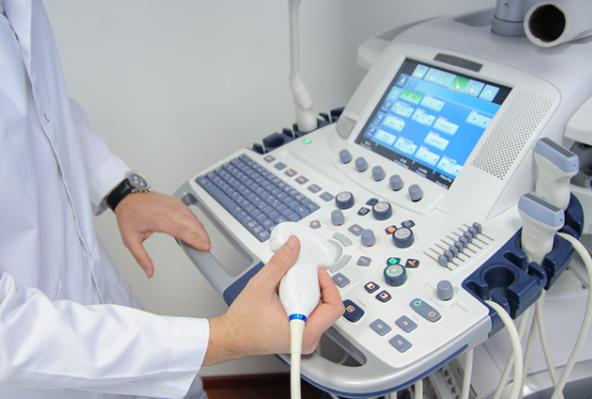
FODLs play an essential role in OCT systems by controlling the reference arm of an interferometer – this allows OCT systems to generate high-resolution cross-sectional images of biological tissues with extreme clarity and resolution.
Impact: FODLs allow OCT systems to achieve micrometer-level resolution for better diagnostic and monitoring services in fields like ophthalmology, cardiology, and dermatology.
Example: FODLs are widely utilized in Ophthalmology as part of PIC-based OCT systems to generate detailed images of retina, aiding early diagnosis of diseases like Glaucoma and Macular Degeneration.
FODLs have transformed Photonic Integrated Circuits with four applications that highlight their tremendous impact. FODLs are at the forefront of technological development, from speedier communication networks to advances in quantum computing, autonomous vehicles, and medical imaging. Their accuracy, dependability, and efficiency make them critical components of modern photonic systems.
Wrapping Up
Fiber Optic Delay Lines are essential components of modern Photonic Integrated Circuits, providing precise signal synchronization, phase matching, and time domain processing. Their high precision, low loss design, and compact size make them indispensable in applications ranging from optical communication and quantum computing to medical imaging and autonomous vehicles.
As demand for faster, more efficient, and scalable photonic systems grows, FODLs’ role within PICs becomes ever more critical. By understanding their impact and potential, we can open up new avenues in photonics while opening doors to groundbreaking technological advancements.
If you need more information about fiber optic delay lines, you can view this article: Optical Delay Lines: Applications, Selection, and Resources.

